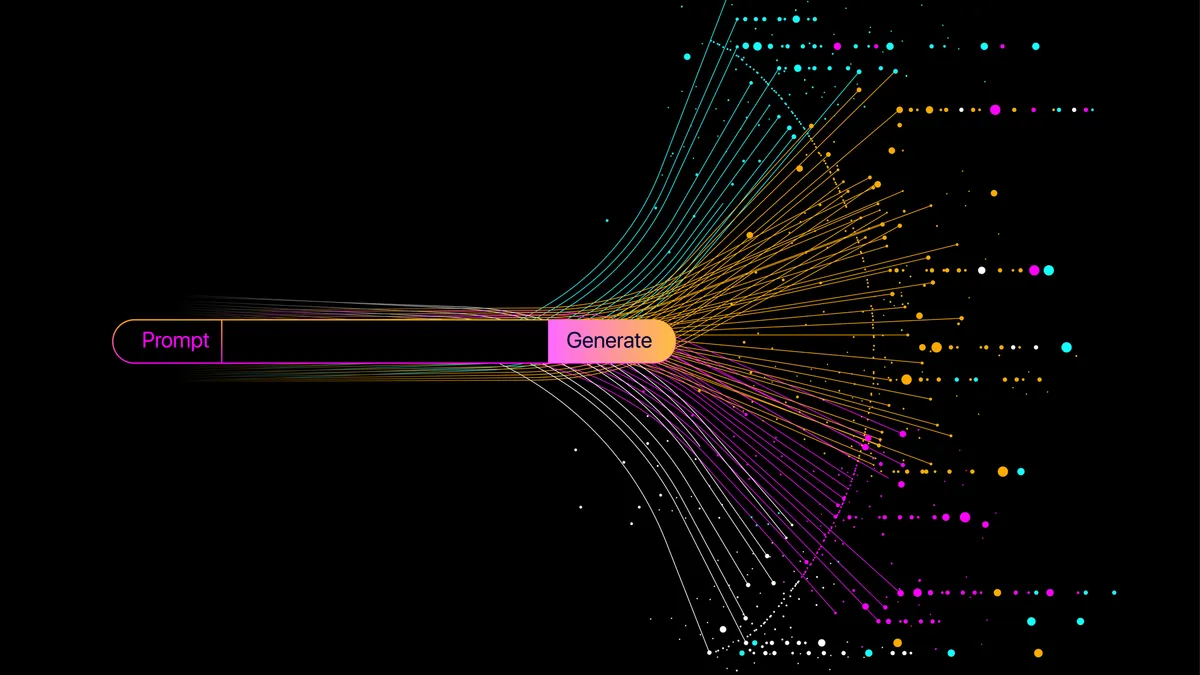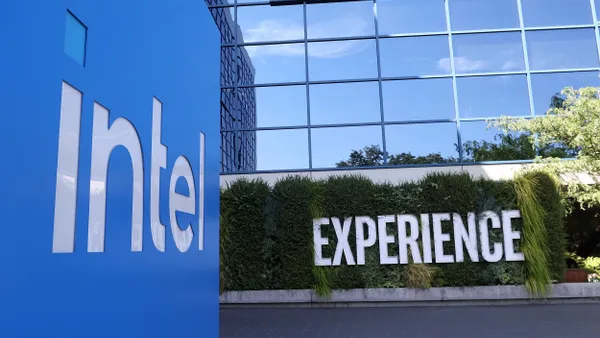Dive Brief:
- Over the weekend, Pokemon Go players in the U.S. and Europe said they weren’t able to access the game, or that it was freezing consistently, the Independent and several other news outlets reported.
- Niantic, the company behind the location-based augmented reality game that spun off from Google last year, is struggling to keep up with demand, yet continues to roll the game out in new markets.
- Overwhelming demand following the U.S. launch of the game earlier this month caused Niantic’s servers to crash. The system also went down after Niantic opened up the game in 26 countries throughout Europe shortly over the weekend.
Dive Insight:
So you've created a viral game. Now what? Niantic is not the first company to launch an app only to realize it was unprepared to manage server demands or prevent attacks on its system -- but the enormous popularity of Pokemon Go illustrates the problem nicely.
The popularity of the game also makes it an attractive target for hackers. Over the weekend a group called PoodleCorp said it launched the DDoS attacked against Niantic.
PokemonGo #Offline #PoodleCorp
— PoodleCorp (@PoodleCorp) July 16, 2016
On Twitter Sunday night, PoodleCorp alluded to another possible attack on August 1st.
August 1st #PoodleCorp #PokemonGo
— PoodleCorp (@PoodleCorp) July 18, 2016
But even with some of the capacity issues it has faced, Niantic chief exective John Hanke told Reuters he wants to launch Pokemon Go in about 200 countries and regions soon, and that the company is working to improve server capacity in the meantime.
So far, the game had been launched in United States, Australia, New Zealand, Britain and Germany. Pokemon Go has yet to launch in Asia. Expected demand in that country could cause even more drain on Niantic’s system and add some annoyances to those players who gotta catch 'em all.











